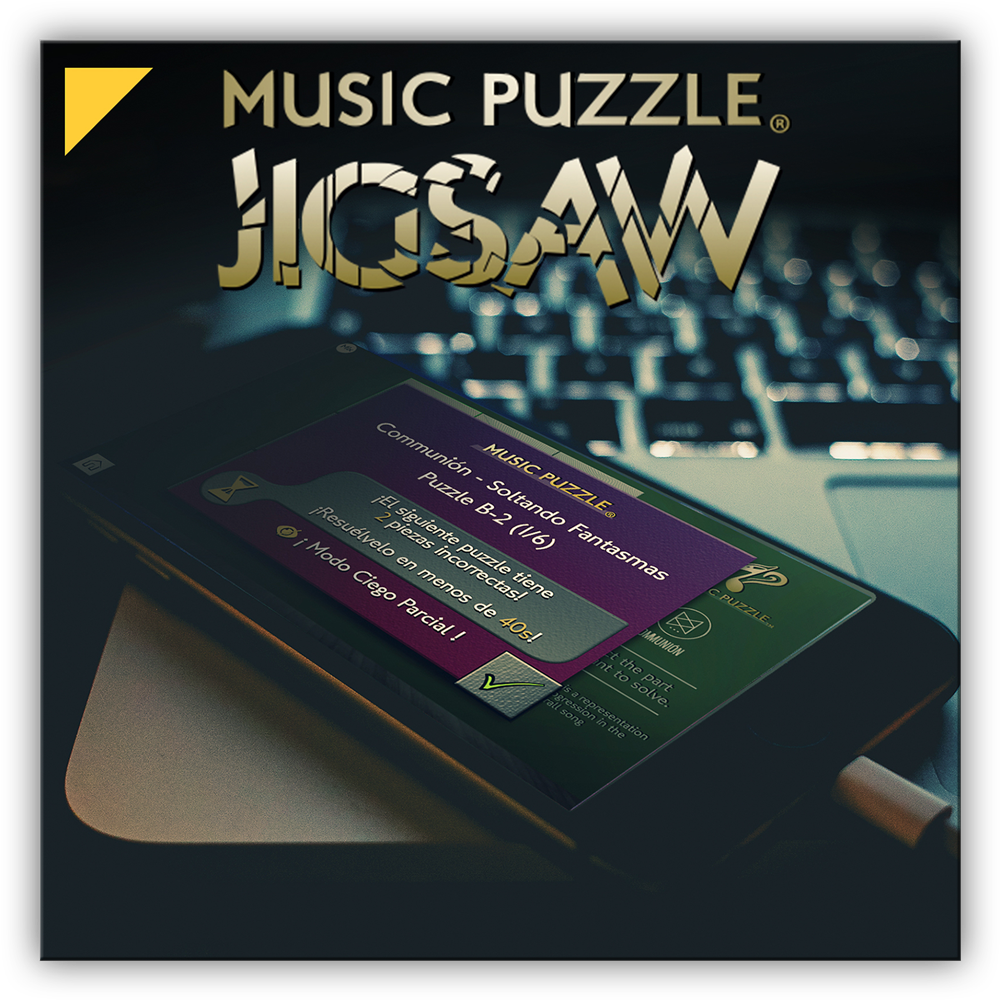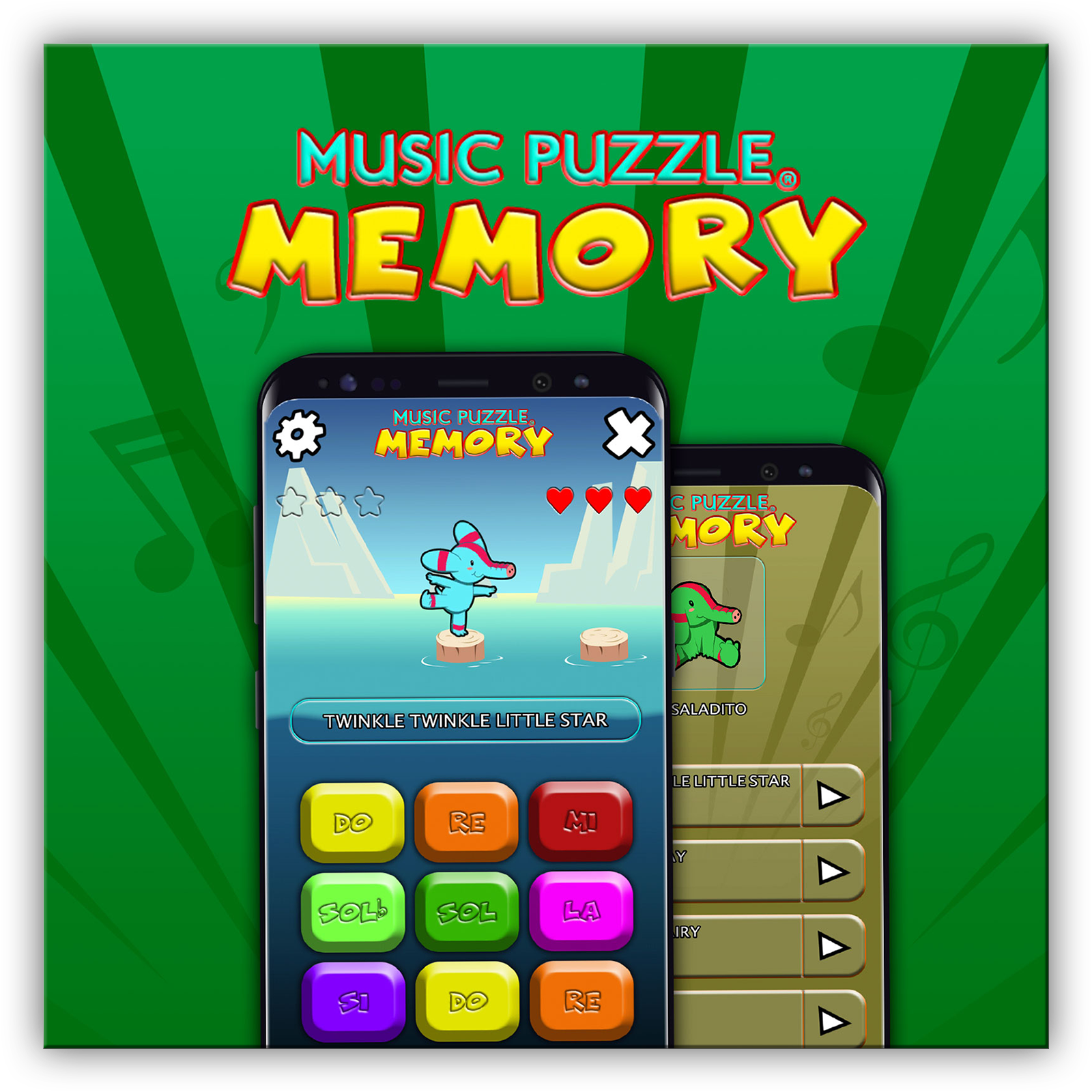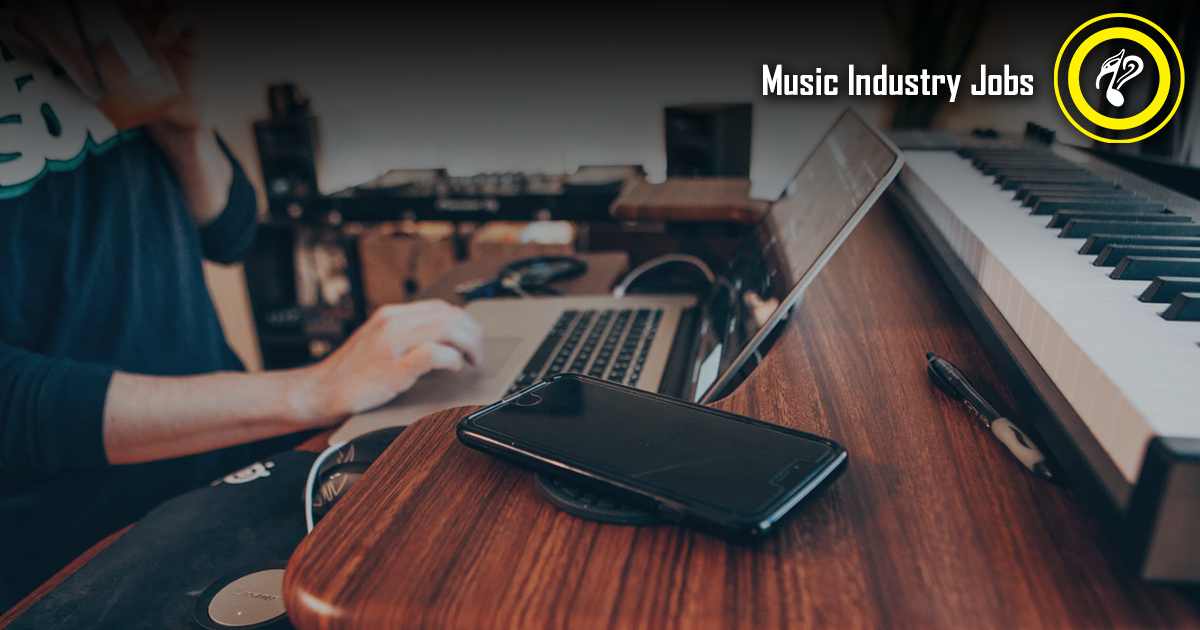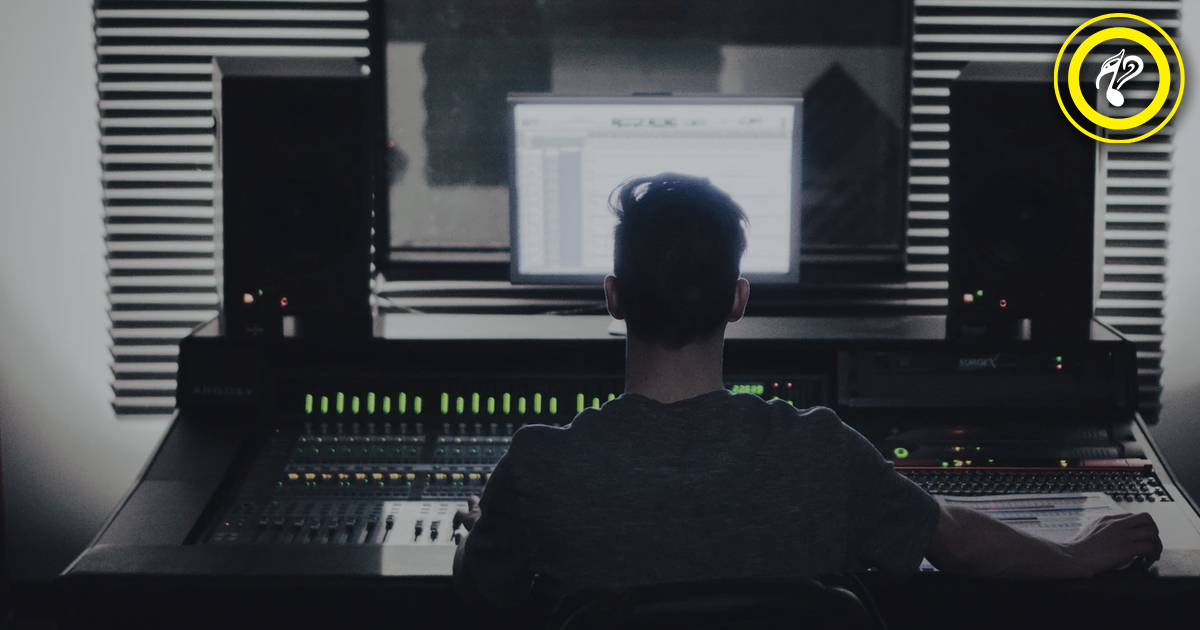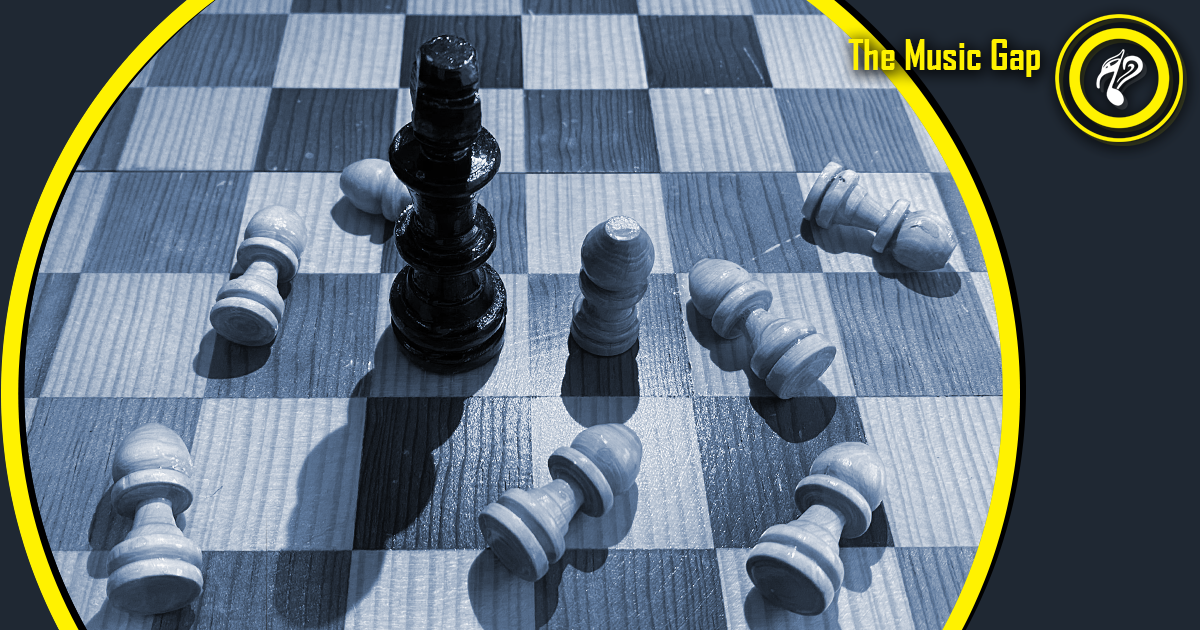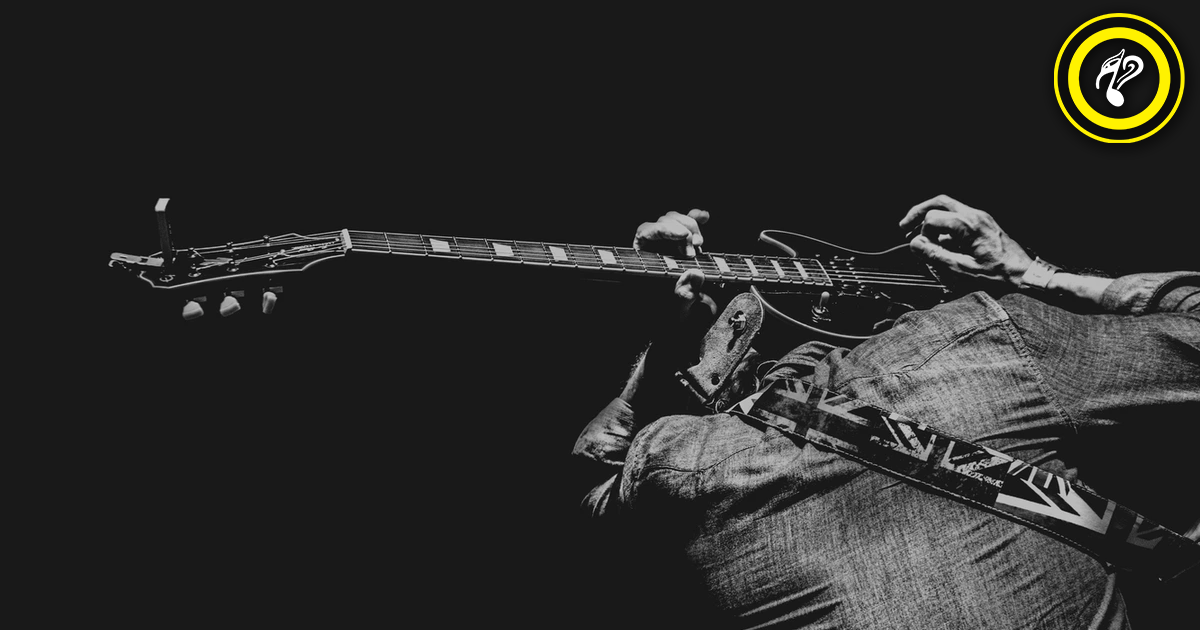The most difficult instruments to play

Music isn’t an easy career... none of them are, to be honest. Generally speaking, all arts careers are kind of a leap of faith, the best we can do is hone our skills and provide the best service for our customer. This of course includes mastering our instrument, not an easy task. That said, are there more difficult instruments to learn than others? I think so.
Even though each work tool has its own challenge, some of them have a steeper learning curve and require a lot more time to be mastered. If you chose to learn to play any of the instruments listed below, don’t give up! Be patient and use all the knowledge a teacher can offer you.
Drums
Let's put aside the groove concept and all the motor perfection required to provide the rhythmic base for the rest of the band. As a drummer, some of the most difficult challenges you’ll encounter are:
Independence of each limb: One of the hardest parts to learn is coordinating your limbs to play a different rhythm with each one at the same time. Most instruments are limited to your hands, but drums include legs and arms, each one of these needs a high level of precision, as it’s very different to play the cymbal by moving your forearm instead of using your wrist.
Noise: Another aspect that complicates learning is its noise. At the very least we’ll need a really tolerant family or roommates to withstand all the ruckus created. One way to solve this is by conditioning and acoustically isolating our rehearsal or recording room, not as simple as one might think. This just gets more complicated if you have neighbors. A possible solution would be electronic drums, even if these are yet to replace acoustic drums, they can become useful when rehearsing.
Transportation: If all musicians suffer with the instrument’s transportation, the drummers agonize. To begin with, carrying a drum by bus or subway is virtually impossible thanks to its weight, the amount of pieces and the risk of losing something if you’re not careful.
Best case scenario, drummers have a car or can afford a personal transportation service. Still, assembling and disassembling before and after a gig will always be a nightmare.
Cost and maintenance: All high-end instruments cost a lot, but the drum, made up of different components, raises its purchase and maintenance price. As an example, you’ll only need to change the strings of a guitar every one or two months, and every octave (calibration process to ensure the strings are tuned correctly and are at a comfortable height) maybe once a year. Drums will need to change cymbals or heads each time they wear out and often cost more than a set of strings. Don’t forget that every time you want to increase your drum set, all the maintenance and transport fees will rise.
If you decide to follow this thorny path, the rewards are nothing short of incredible.
Michael Jackson´s Drummer Jonathan Moffett Performs “Beat it”:
The piano
The most elegant instrument is also one of the most difficult ones to learn, at least speaking outside of popular music and from an intermediate level onwards. It’s extremely effective as a teaching tool as beginners can learn to play it easily, but mastering it is another story.
Costs: The first problem we face when playing a piano is having one. The starting price of the cheapest pianos, the upright pianos, is around two thousand dollars, and that’s only if it’s used. Yeah, we can get a heavy-key electric instrument, but the feel and sound will be different, and for those striving to play at concerts, this won’t be a long-term option.
Also, keep in mind that tuning and changing the strings on a piano isn’t easy and requires a technician. On average, tuning costs about fifty dollars.
The length of the arms and hands: There are musical pieces created for larger than average hands. Concerts by composers like Rachmaninoff are extremely difficult for someone with normal arms and legs. Even the simplest piano compositions use one-handed octave melodies. Is your hand big enough to cover an octave on the piano?
Terrific Read: The most seasoned pianists are truly monstrous readers. If we look at the piano score, unlike most instruments, it contains two staves. These are frequently written in different clefs - treble clef and bass clef - better represent the piano register and two-hand reading more efficiently. Reading the two staves simultaneously and playing what is written for both hands independently is difficult to accomplish.
Clean and efficient fingering: This refers to the posture of the fingers and the correct way to create sequences when playing various passages and scales. Developing a correct fingering will take a long time, as the most obvious ones aren’t always the best.
If the piano is your thing and you decide it’s worth the sacrifices, I can tell you that this is the best instrument for musical composition since, basically, it can represent the entire register of the orchestra. The greatest composers in history (Beethoven, Stravinsky, John Williams, etc.) have been extraordinary pianists. It’s also one of the most recurring solo instruments in the world.
Rachmaninoff: Piano Concerto No.3 – Anna Fedorova:
The Violin
The violin has one of the most pleasing sounds... As long as you don’t listen to a beginner playing it!
Tuning: Oh praised be the string section tuning! A challenge of a lifetime for any instrumentalist to master. The violin and string instruments, such as the cello or viola, are what we know as non-tempered instruments. This means there are no frets or signs on the instrument to make tuning easier, such as the case of frets on the guitar or the keys’ marking on the piano. The violin’s tuning relies entirely on muscular memory and the instrumentalist’s ear.
Superb technique and reading: In most orchestral concerts, the string section has the hardest time since they don’t have to breathe from time to time, this allows them to play without long-term interruptions, unlike wind instruments. The most complicated and important passages are often written for violins because, thanks to their high register of the strings, it’s easy for them to stand out. For these reasons, great technique and reading are a must.
Although it’s difficult, the violin is certainly attractive and quite versatile, as it’s widely used both in classical and popular genres.
Hilary Hahn & FRSO – Mendelssohn Violin Concerto E minor Op.64:
The voice
Perhaps the most natural instrument, but learning to sing well isn’t something that can be mastered by everyone.
Can everyone sing?
There are two types of singers: The first one are people who develop a good singing capacity during their childhood or youth without prior formal education, either because they have singers in their family, good genetics or an exceptional, natural talent. This group is able to polish their technique and develop its voice strength easily with proper training.
The second type is everyone else. Even if we want to sing so badly, the chances of having a positive result are slim. I’ve confirmed this again and again with my own experience. While I don’t claim that this is absolute, it does apply to a great deal of cases.
There is no clear visual feedback: Other instruments have keys, strings, heads and visual elements that serve as feedback to understand and visualize how our work tool will sound in certain circumstances. Teachers can correct us easily and quickly by observing our posture and technique. This is more difficult to do with the voice, since everything happens inside our bodies. Understanding our bodies is essential. The singing instructions should be understood and broken down by difficult to observe “body sensations”.
Healthy life: If you aren’t able to sleep eight hours a day and keep both your mind and body healthy, avoiding any addictions, your voice won’t age properly. Tobacco and things such as stress and lack of sleep have a negative impact on the voice. Compared to a common instrumentalist, vocalists suffer greatly when singing with illnesses like flu or cough. To make things worse, if they don't take care of themselves, they can cause irreversible damage to their vocal cords.
Can’t imitate styles and voices: A fundamental thing in singing is that it’s basically impossible to sing just like someone else does. This concept is essential when developing our voice, as the only way to bring out our vocal identity depends on our own physical strengths and weaknesses. Our voice timbre is unique and the best we can do is learn to color with it, rather than trying to imitate someone with a tool we don't have.
You need to play a secondary instrument to really progress: Singing in tune isn’t easy., it requires recognizing intervals and scales. Without the additional knowledge a secondary instrument such as the piano offers, it’s practically impossible to develop reading with the voice, and don’t even make me start on improvising a solo.
A difficult instrument without a doubt, but striking, especially with popular music. The voice stands out so much that vocalists are frequently considered as the leader of any band, even if behind the scenes, they aren’t.
Snarky Puppy Feat Lalah Hathaway – Something (Family Dinner – Volume One):
The Oboe
Its beautiful timbre contrasts the struggles oboists go through to achieve a good sound.
Exceptional Breathing: To play long passages, you need outstanding lung capacity and great air control. Like the voice, without conscious and consistent handling of oxygen and breathing, notes can’t be held in a pleasing way. The oboe is used to tune the rest of the orchestra, as it is the instrument that sounds when tuning begins. This is evidence of the technical mastery required by oboists.
Costs: The oboe is one of the most expensive wind instruments, it’s even necessary to change it every ten to fifteen years. In addition, we have to consider the price of each reed or accessory that serves as a bridge between the mouth and the instrument, which will need to be high quality.
If you dare to tame the oboe, you’ll conquer one of the purest and most beautiful tones in orchestral music.
Mozart: Oboekonzert C-Dur KV 314 – Francois Leleux – Andrés Orozco Estrada:
Other instruments that present great challenge are:
The accordion, the French horn, the classical guitar and the bagpipe.
Despite what’s listed here, every instrument needs to be taken seriously if we ever hope to understand them. No instrument is easy and the music career is truly a journey of self-discovery and discipline, so bon voyage!
https://medium.com/musi-co/cualquier-persona-puede-cantar-1a8a23d3eb4f
https://los40.com.mx/los40/2017/07/11/album/1499784974_822257.html#1499784974_822257_1499785352
https://filarmonicadecuernavaca.com/2019/08/05/los-5-instrumentos-mas-dificiles-de-tocar/
https://www.top-5.org/musica/instrumentos-mas-dificiles-de-tocar
https://medinareeds.es/2020/07/28/5-razones-tendras-miedo-al-oboe-y-5-consejos-vencer-miedo-al-oboe/
https://www.flowkey.com/es/errores-comunes-al-tocar-piano
https://norapandol.com/blog/10_por-que-resulta-dificil-aprender-a-tocar-el-piano.html
If you enjoyed the article, you'll love these games:

